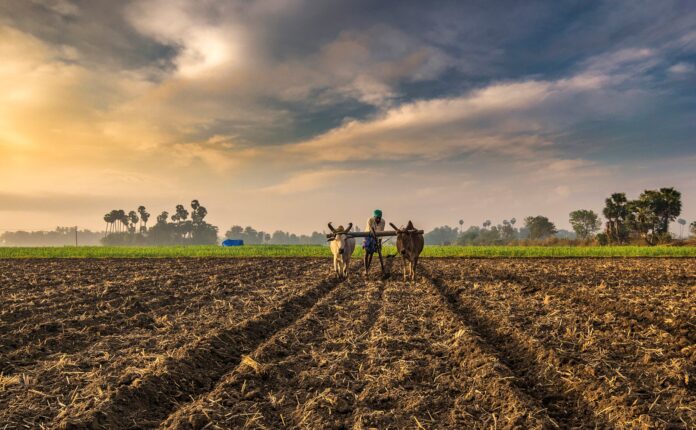LAHORE: The agricultural sector is expected to achieve a growth target of 2.8 per cent or even surpass it on the back of better production of sugarcane and rice, improved farm economics, lower input costs and timely support packages announced by the government, According to the latest “Monthly Economic Update & Outlook” report issued by the Finance Division.
The report noted that although the economy is facing inflationary pressures due to locust attacks, heavy monsoon rains and Covid-induced disruption of agricultural supply chains, the crop sector has shown encouraging performance and is likely to support the overall economic growth as input prices remained lower for the most part of the year.
Further, the government has also announced “Rabi Package” to reduce the input cost for the farmers with the special intent to increase the production of wheat in the country.
According to this package, Minimum Support Price (MSP) of wheat has been increased to Rs1,650 per 40 kg from Rs1,400 per 40 kg for the current season.
Additionally, a subsidy of Rs1,000 per 50 kg bag of DAP and other P&K fertilisers, weedicides at Rs250 per acre and fungicides at Rs150 per acre has also been offered under the Rabi Package.
Industry figures show that 515,000 tonnes of urea were sold in November compared to 362,000 tonnes during the same month last year. This phenomenal jump of 42pc reflects improved farm economics and lower input costs as urea prices reduced by around Rs400 per bag at the beginning of the year and are now at levels seen in 2012.
The support price expected to be revised upwards, which may further escalate grain prices and farm economics.
The industry has built up a total urea inventory of approximately one million tonnes, while 500,000 tonnes are expected to be produced in December.
These inventory levels are sufficient to cater to the season’s demand, in addition to maintaining a buffer stock in the country.
Meanwhile, mechanical inputs also reflect a positive trend as October tractor sales data depicts a 57pc YoY increase, according to the Pakistan Automotive Manufacturers Association (PAMA).
In this regard, sales boosted by a Rs1.5 billion sales tax subsidy on locally manufactured tractors under the Covid-19 Agricultural Fiscal Package and cheaper bank financing.
A field survey by a fertiliser company shows that the farm economics of wheat are expected to improve by 5pc, with a farmer expected to earn Rs21,807 per acre.
Compared to 2019-2020, fertiliser expense has dropped to around 20pc of the crop expense on the back of reduced fertiliser prices.
Further, field surveys suggest that sugarcane cultivation has become lucrative due to better economics compared to other competing crops.
However, farmer earnings may be marginally lower by 2pc as cane prices are expected at last year level due to firm sugar prices. While the overall cost of production has increased by 5pc, the share of fertilisers in total crop expense has gone down to 9.8pc.
The Finance Division’s preliminary estimates of major Kharif crops during FY21 reveal that the production of sugarcane and rice increased by 14pc and 10.4pc, respectively.
Data from the field survey shows that rice exports crossed Rs2 billion mark for the third time last year, helping the demand for paddy and prices to remain firm whereas crop economics were expected to improve by 21.7pc from 2020-21.
However, the other hand, field surveys estimate that the cotton crop production will fall to 8.6 million tonnes compared to 9.2 million tonnes last year due to a decline in area under cultivation as well as unprecedented rains.
The crop earning is expected to improve by 19 percent, however, net profitability will decrease due to lower than normal yield.
Therefore, on the whole, the agricultural sector is set to maintain its growth momentum owing to government efforts and improved farm economics due to lower input prices and higher crop prices.






















There is nothing new. Same support has always been given to farmers in the past. We need to develop new and high yielding seeds for each crop. We can not increase yield only With the govt support and subsidies. These are all incentives but need to focus on the quality and quantity of seed.